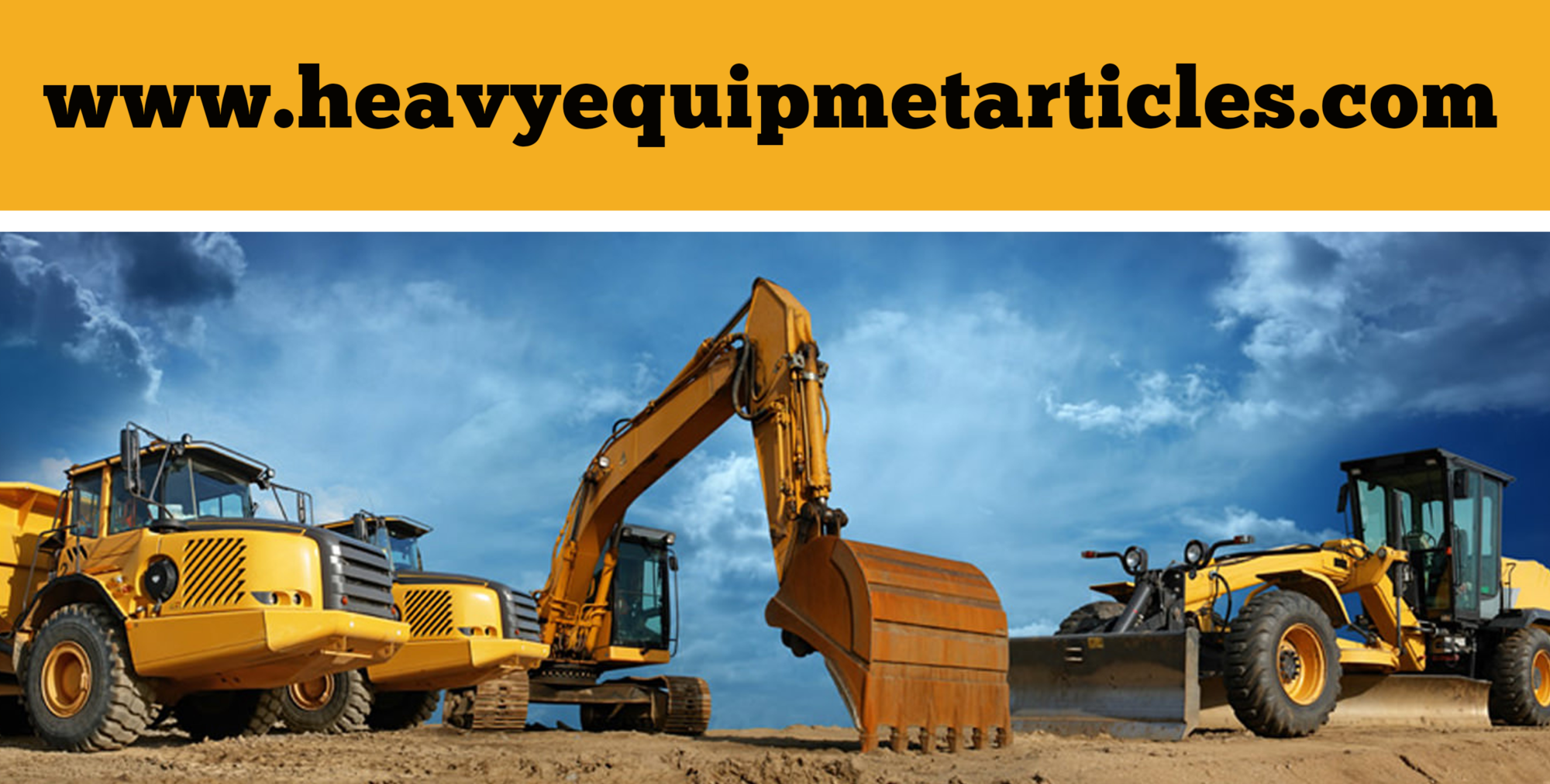Podcast: Play in new window | Download | Embed
Subscribe: Apple Podcasts | RSS
The increasing population has led to increase in the construction activities. Many construction companies cannot afford to a buy and maintain all new equipment for their work. In case of short term projects, after completion of work the equipment is no longer required and this leads to waste of money. Hence, companies prefer to buy equipment and machines on rental basis at an affordable price and return it after use. Thus, the equipment rental business has gained a lot of momentum in last few years and is profitable.
It is observed that many equipment rentals, rent only specific equipment and not all types of equipments. Being in rental business of specific equipment can be a good idea as it saves the cost of buying and maintaining different equipment. Track loaders (TLs) are type of heavy equipment, used to move aside or load materials such as asphalt, demolition debris, snow feed, rock and so forth into or onto another type of machinery. TLs can do every kind of construction activity. Although not a perfect tool buying different equipment for every work is not possible for any construction company since it’s a heavy investment. Hence, multifunctional TLs are in demand. However, they are expensive, hence most construction companies prefer buying these equipment on rent.
The following are some tips for person in business of renting track loaders to make it profitable:
- TLs are expensive and rental service provider (RSP) should be able to afford to buy them. He should be aware of his personal expenses while owing a big place or showroom, advertising, labour and maintenance costs, and so forth. He should make a business plan and have strategies to sale TLs on rent.
- TLs should not be overpriced. Many people are willing to buy on rental will find it difficult to purchase. Hence they will negotiate with the price. Quoting the appropriate price is important.
- They should make his business known by advertising through newspapers and websites.
- Buying brand new TLs is costly. Hence instead of purchasing the entire fleet of TLs (of different sizes and models), the RSP should study the demands of the market to know what is mostly preferred by the construction industry. Keeping TLs from small to mid-size of different brands is a good option.
- Due to technological advancements, the new equipment have become compact and easy to operate. This increases productivity at the work site since the speed of work increases. The new compact TLs are more in demand and are said to replace the heavy bulldozers and preferred than the skid steer loaders. RSP should provide such technologically advanced TLs on rent, which increases the customer interest and sales.
- Buying used equipment on rental basis is common for the short duration projects, hence they are in demand. Thus, RSP can also look for option of renting ‘used’ or ‘second hand’ TLs, since purchasing such equipment is cost affordable. However, they should be careful while choosing such equipment that they are not very old aged and not used much. Only when these used machines have less wear and tear and their parts are available that they should be purchased from the seller.
- The RSP should be careful while renting the expensive heavy machines to the buyer. They should understand the nature of work requirements of the customer and should guide them properly. Also they have to make sure that the buyer has the capability to pay the rental amount and should take care of the equipment and will return the equipment in good condition. The rental agreement has to made between RSP and prospective buyer before the equipment is rented that all the terms and conditions are acceptable to both parties.
